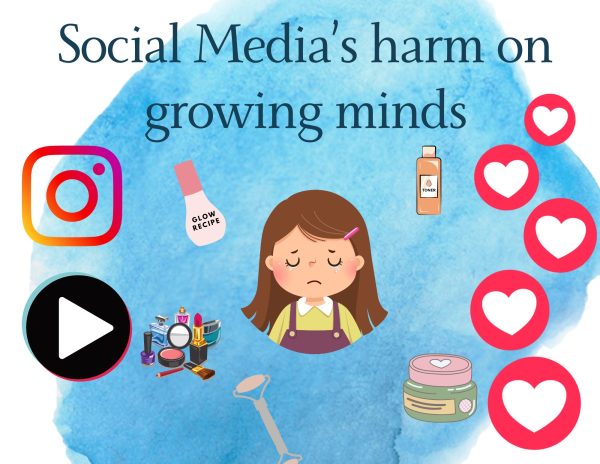America’s prison problem: why the prison system needs urgent reform
The injustices of the American prison system are being exposed as the prison population rises.
April 20, 2016
America’s prison system is marked by controversy. It has the highest rate of incarceration in the world, with about every one in one hundred adults currently in prison, according to Harvard Magazine. Incarceration in America has become a “normal” part of life for many families across the country, a fact that is inexcusable.
The American prison system has many flaws, starting with the actual crimes committed by those behind bars. According to The Huffington Post, 60 percent of current inmates are nonviolent, with the majority of those incarcerated for drug offenses. By portraying criminals as violent, dangerous and callous, it is easy for politicians to dehumanize those serving time. This poses a serious issue for inmates as they are released and trying to reintegrate back into society. The connotations of a criminal record when it comes to finding housing and jobs proves detrimental. According to a recent survey conducted by the Ella Baker Center for Human Rights, 76 percent of former inmates reported it to be nearly impossible or extremely difficult to find work after prison.
Another serious issue is the recidivism rate of ex-cons. The term “recidivism” refers to a relapse in criminal activity by people who have been in prison or received intervention for their behaviors. The Bureau of Justice Statistics recently released a study that tracked 404,638 recently released inmates from 30 states in 2005. The results from the study were shocking. Within three years of their release, around 77 percent of those involved in the study, or two thirds of the group, were arrested, with more than half of them being rearrested within the first year. This rate of recidivism is a strong indicator of the immense issues surrounding the prison system in America. Many prisons are not equipped with the tools needed to provide inmates with a college level education. This is important because in this day in age, a college education of some kind is a requirement for most jobs that can provide enough income to support even just one person. This relates to recidivism in a plethora of ways. Many inmates find it extremely difficult to assimilate back into society, and a college education would expand opportunities for careers once released, making this process much easier. Also, according to an interview conducted by NPR, if an inmate participates in an educational program, there is a thirteen point drop in their likelihood to return to prison. This is an example that higher education while in prison results in less crime after release.
With the popularity of the Netflix original series, “Orange is the New Black,” everyday people can watch the happenings of an American all-women’s federal prison from the safety of their own couch. The show has resulted in a cult-like social media following for its hilarious portrayal of the many different characters that the main character, Piper Chapman, interacted with during her year in prison, making it easy to forget that the show is based on a real experience. The “real” Piper Chapman, a woman named Piper Kerman, spent a year in prison for a non-violent drug crime that she committed as a young, college graduate. Since the release of her memoir, “Orange is the New Black: My Year in a Women’s Prison,” which was the inspiration for the series, Kerman has used its success to advocate for prison reform in women’s prisons and to end solitary confinement. In an interview with PBS, Kerman discussed the prevalence of sexual abuse and mental illness in women’s prisons, further highlighting the intense need for reform. The show itself often depicts situations such as sexual assault, and the consequences of solitary confinement as well as mental illness, which helps send Kerman’s personal message: that her experience can help pave the path to prison reform.
One of the major consequences of the prison system is the cost. Among the forty states that participated in a study conducted by Vera’s Center on Sentencing and Corrections and Cost Benefit Analysis Unit, it was reported that in the 2010 fiscal year, the cost of prison was a whopping $39 billion. This money came from taxpayers, and the cost was $5.4 billion over what the corrections budgets of the states allowed. This immense amount of taxpayer money reflects the swell of inmate population in recent years, caused by over-sentencing for nonviolent crime.
The American prison system is in desperate need of a major makeover. The detriment imprisonment can have on social and mental health, as well as the consequences that will haunt former convicts for the rest of their lives concluding their time, is reason enough to power the reform. Not only is it an issue that demands urgent attention, but as time goes on, corruption in the prison system continues, and it is becoming more and more egregious. Try and put yourself in the shoes of a recently released convict, and it becomes clear that this injustice has to stop as soon as possible.














